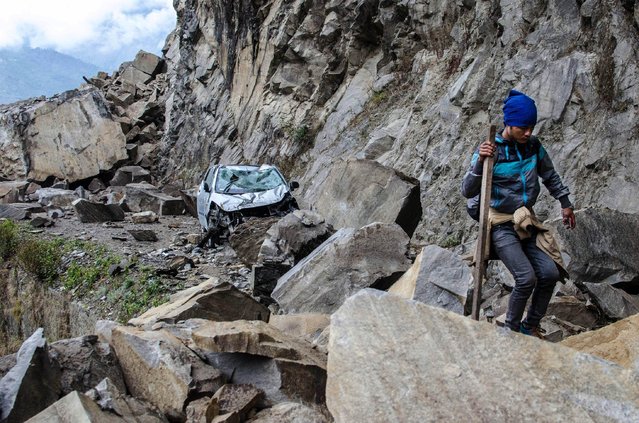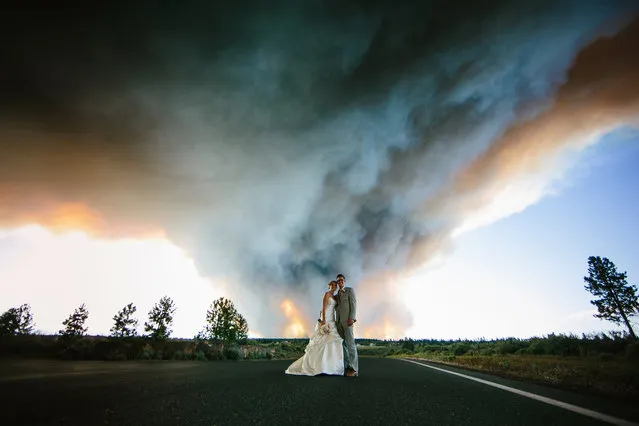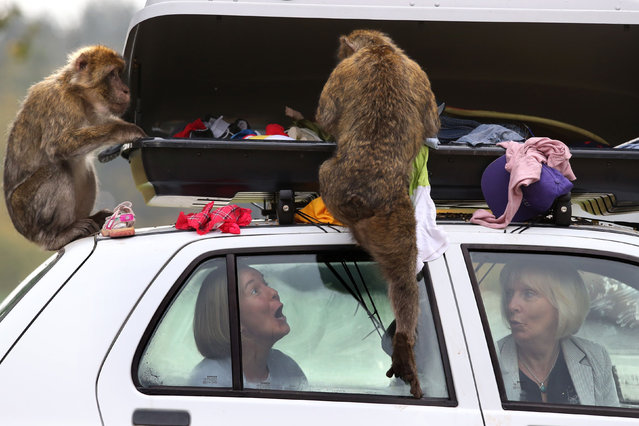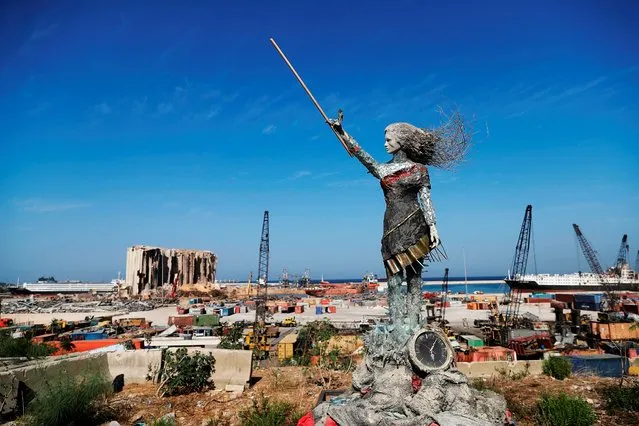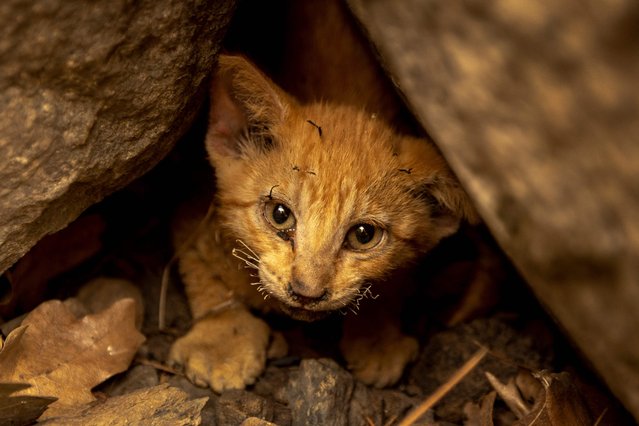
A kitten singed whiskers that survived the McKinney Fire hides in rocks in the Klamath National Forest northwest of Yreka, California, on July 31, 2022. The largest fire in California this year is forcing thousands of people to evacuate as it destroys homes and rips through the state's dry terrain, whipped up by strong winds and lightning storms. The McKinney Fire was zero percent contained, CalFire said, spreading more than 51,000 acres near the city of Yreka. (Photo by David McNew/AFP Photo)
08 Aug 2022 06:18:00,post received
0 comments

